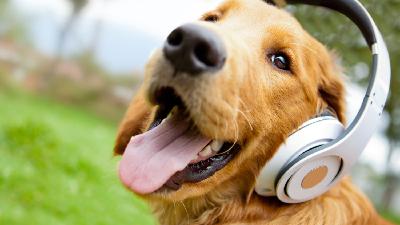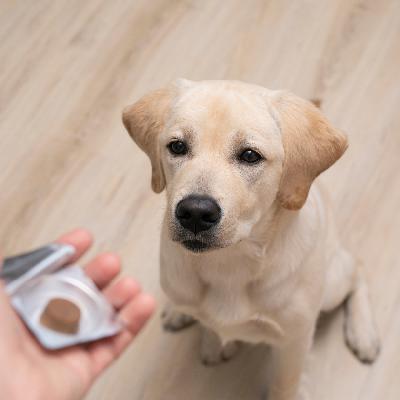Discover Pet Positive Training
Pet Positive Training

Pet Positive Training
Author: Liz Fisher, Certified Dog Separation Anxiety Trainer, Pet Positive Training
Subscribed: 1Played: 4Subscribe
Share
Description
Can’t leave your dog alone? Tips, tricks, and thoughts about separation anxiety treatment from a certified separation anxiety trainer, certified professional dog trainer, and former zoo keeper at Smithsonian’s National Zoo bird house. Separation anxiety training, reactivity, and basic manners or behavior problems are all explored and explained for dogs, cats, birds, and more!
12 Episodes
Reverse
Some dogs may seem to suddenly develop separation anxiety, reactivity, or other surprising and undesirable behaviors.When deciding what training or management to use, consider possible causes of the behavior change.Health, Recent and Past experiences, Age, and Unrecognized communication signals may all be possible causes. In this episode I dive into examples of these changes and some ideas for helping your dog on the way to recovering and changing their emotional and physical responses.
Learn from Liz Fisher, certified professional dog trainer, about how to help your dog relax in a variety of ways! This includes how to use music and sound to help any dog learn how to relax as well as improve an anxious dogs experience with fear of noises.
Hear my go-to management solutions to prevent your dog experiencing alone-time panic or problem behaviors while you work on training. Plus! Thoughts for dogs with different particular social or behavioral needs.
I go through the research I can find about CBD given to dogs and cats. If you would like to see Dr. Jen’s Blog article mentioned in this episode, here is the link: https://www.drjensdogblog.com/behavior-medication-first-line-therapy-or-last-resort/
Having multiple dogs or multiple pets can make identifying and treating
separation behavior issues feel a bit overwhelming… but it can be done!
While you can just throw a camera up and see what happens when you are
away, you should consider a few things. Let’s start with safety,
confinement training, and whodunnit?
It may be spooky or uncomfortable but RULE #1 from this trainer: Never
Correct a Growl. A growl is an audible and obvious sign that your dog is
uncomfortable and needs something to change.
If your dog chews on inappropriate things even when you are home then that
is a safety that needs to be managed during separation training. That may
look like management via putting things away or in containers. But that may
also look like a type of confinement away from areas or items that could be
potentially dangerous…
Most often for older dogs who have separation issues pop up, we see
barking, howling, whining, soiling the house, and restlessness or inability
to settle. These are the same signs of separation anxiety or separation
issues as in younger dogs… but that may not be the whole story.
For dogs who may have separation anxiety, reactivity, shyness, fear, and alone time problem behaviors.
I compare when to use a sit and when to use a pattern game to help your dog focus or calm down when something exciting, scary, or frustrating is in the environment.
Separation anxiety can be stressful to see and live with. Know that it is treatable and this is where to start.







